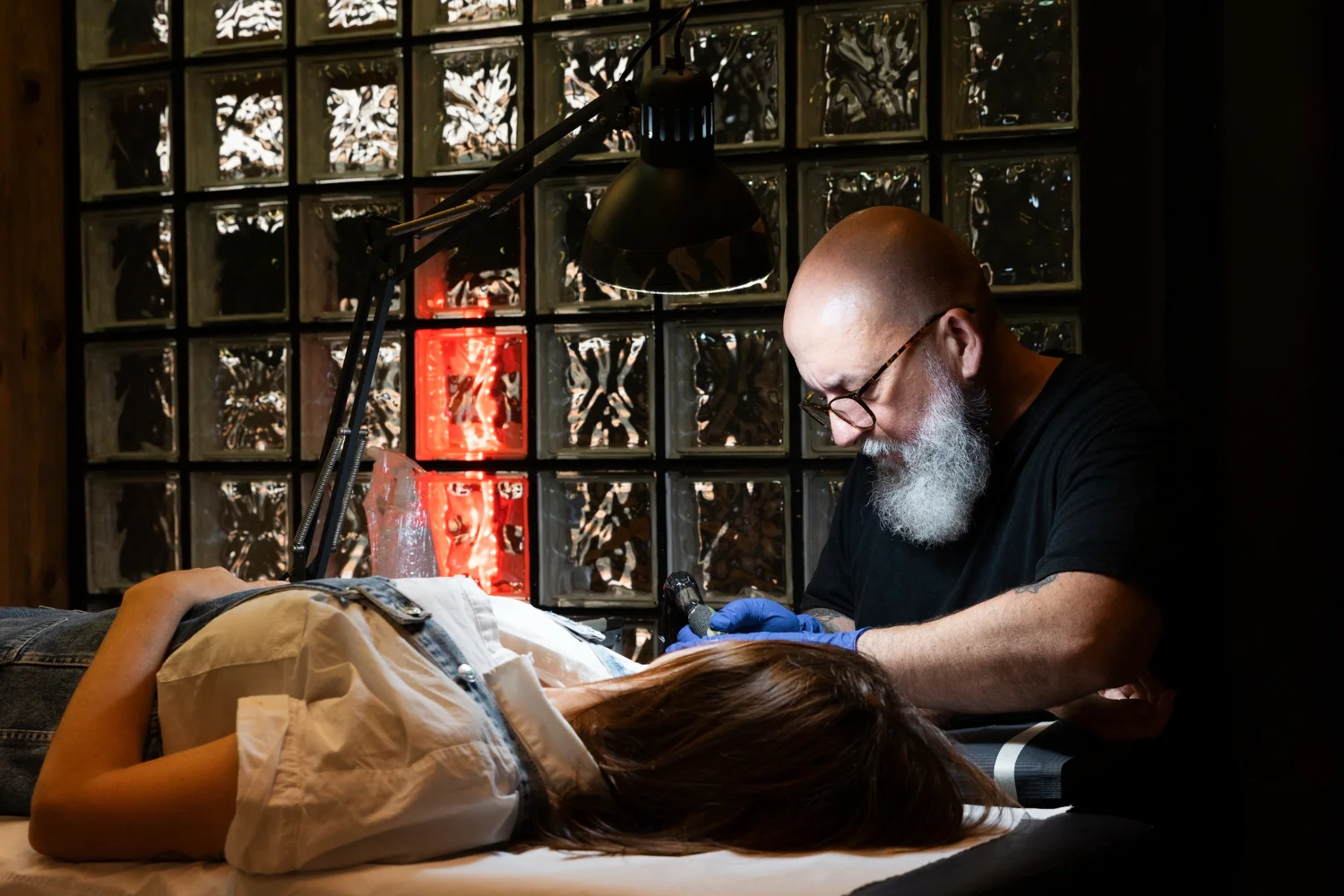A Journey Begins in the Old Village
Long ago, in a quiet mountain village, travelers often gathered around fires to share tales of wisdom and mystery. Among the stories passed down through generations was one about an object said to carry both cultural significance and practical value. Villagers whispered that this creation held the power to connect traditions with modern living. The elders called it bardoek, and its presence shaped how communities interacted, celebrated, and preserved their way of life. This tale not only preserved heritage but also left behind a legacy that continues to inspire curiosity today.
Understanding the Historical Roots of Bardoek
Every cultural artifact carries within it centuries of history. The origins of this item are deeply tied to craftsmanship, storytelling, and social identity. It was not merely an object but also a bridge between people and traditions. Historical records and oral traditions highlight how it stood as a symbol of creativity, artistry, and practical functionality. Over time, its form and meaning evolved, adapting to the lifestyles of communities while retaining its symbolic essence.
Cultural Significance Passed Through Generations
Cultural items often do more than serve a purpose; they represent values, rituals, and shared memories. In many societies, objects like this became symbols of unity during gatherings. Whether used in ceremonies, festivals, or household practices, it reflected a sense of belonging and continuity. Generations passed it down with respect, ensuring that its deeper meaning remained intact while younger members found new ways to integrate it into their daily lives.
Craftsmanship and Skill Behind Its Creation
The process of creating such items demanded patience, precision, and dedication. Artisans relied on natural resources, traditional tools, and techniques passed down for centuries. Each stage, from sourcing materials to finishing touches, required knowledge that blended functionality with artistry. The beauty of this creation lies not only in its design but in the skill it represents. Each piece became a silent storyteller of the maker’s identity, passion, and connection to heritage.
Role in Social and Community Life
Objects like these were not isolated to households; they shaped community life. They often played a role in markets, trade, and cultural exchanges. Villagers found value in them as tools, ornaments, or symbols of shared identity. Social gatherings highlighted their presence, turning simple moments into opportunities for celebration and storytelling. Through this shared experience, communities preserved their traditions while allowing them to adapt to modern needs.
Symbolism in Modern Perspectives
In today’s fast-paced world, traditional items carry more than practical value; they remind us of slower times, deeper connections, and meaningful rituals. People rediscover their worth as decorative, symbolic, or nostalgic pieces that bring character to modern spaces. They serve as reminders of identity, heritage, and the enduring relevance of cultural traditions. By bridging the past with the present, these objects encourage respect for history while inspiring future creativity.
Preservation of Traditional Knowledge
Preserving artifacts like this means more than protecting physical objects. It requires safeguarding the knowledge, stories, and cultural values they embody. Museums, cultural centers, and community elders play an important role in documenting their history. Such efforts ensure that younger generations understand not only the object itself but also the wisdom it represents. Without preservation, society risks losing valuable connections to its roots.
Lessons from Bardoek in Today’s World
Modern lifestyles often emphasize speed and convenience, but traditional objects encourage patience, mindfulness, and appreciation of craftsmanship. They remind us that beauty and utility can coexist. The story of bardoek is not only about the object itself but also about what it represents: respect for tradition, creativity, and a shared cultural journey. As people seek authentic experiences, they find inspiration in the lessons carried by such timeless artifacts.
Conclusion: The Everlasting Legacy of Bardoek
Stories about traditional artifacts serve as powerful reminders of how culture shapes identity. Through history, craftsmanship, and symbolism, they remind us that heritage is not just about the past; it is about how we carry it forward. The tale of Bardoek continues to inspire, teaching us to value creativity, tradition, and community in an ever-changing world. By honoring such objects, we preserve not only artifacts but also the human spirit woven into their very existence.








